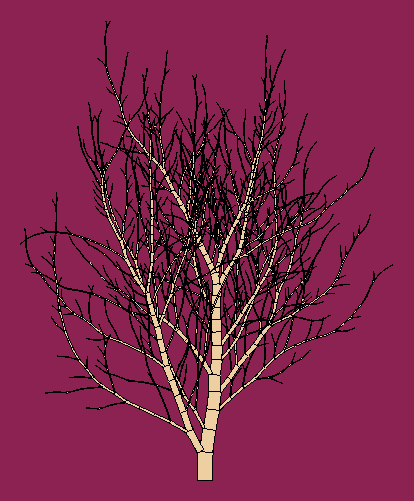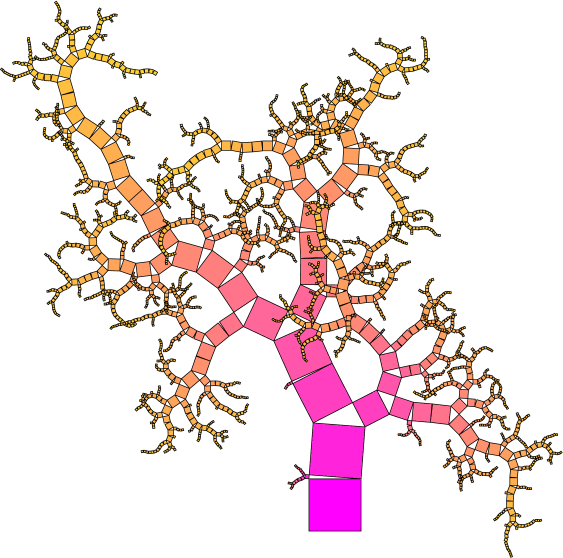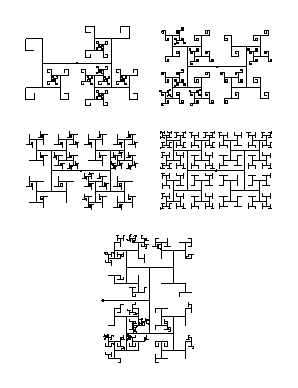
I analyze various models of random trees. Even when the analysis seems to call for number theoretical or combinatorial tools, it turns out that good old probability theory often yields the shortest and most intuitive answers. The tree on the left is a random binary search tree for a normalized random walk sequence. Visit my random forest made for Bruce Reed for a poster at the CRM in Montreal.




